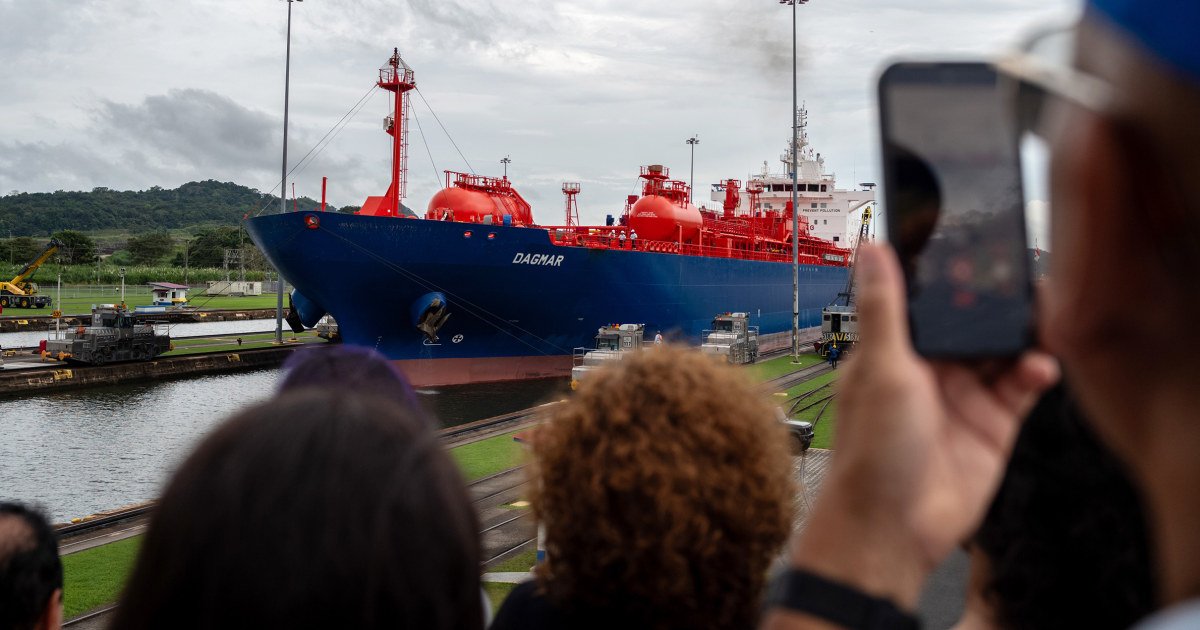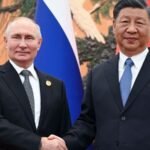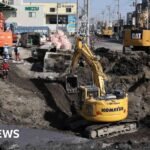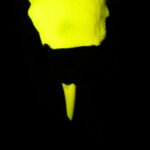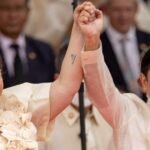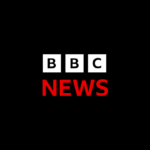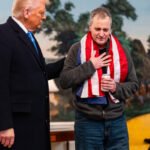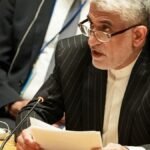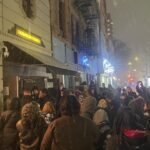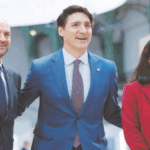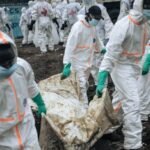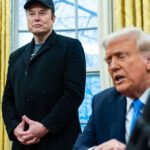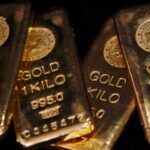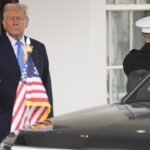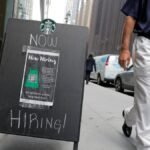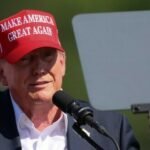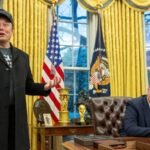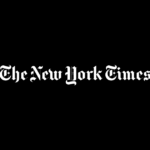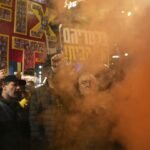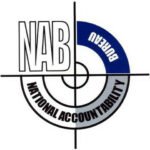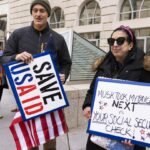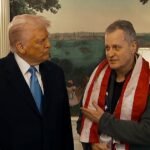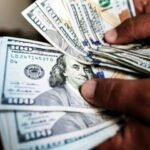A quarter century after the United States handed over control of the Panama Canal to the country where it is located, President Donald Trump wants to take it back.
Earlier this month, Trump suggested he would consider using military force to regain control of the canal from Panama, one of America’s closest allies in Latin America, calling it a “national security issue.” important”.
But his gripe is greater with U.S. rival China, which he says is “operating” the key waterway that serves as a transit point for about 5 percent of global seaborne trade. .
“We didn’t give it to China,” Trump said during his inaugural address on Monday. “We gave it to Panama, and we’re taking it back.”
Panama strongly rebuked Trump’s comments, with President Jose Raul Malino saying the canal “belongs to Panama and will remain.”
Malino also dismissed Trump’s claim that China controls the canal.
“There is no presence of any nation in the world that interferes with our administration,” he said in a Monday Spanish language statement.
China said it agreed with the Panamanian president that the canal was “not under the direct or indirect control of any power.”
“China does not participate in the management or operation of the canal and has never interfered in related matters,” Chinese Foreign Ministry spokesman Mao Ning said at a regular briefing in Beijing on Wednesday. “We have always respected Panama’s sovereignty over the canal and have consistently recognized it as a neutral international waterway.”
The neutrality of the nearly 50-mile long canal, through which about 15,000 ships pass each year, is enshrined in Panama’s constitution and enforced by the sovereign Panama Canal. Authority
“That’s what made the Panama Canal so successful, and why it’s still one of the world’s main trade arteries — because of that neutrality,” said Beatriz Garcia, associate of the Latin America Program at the Wilson Center. said Nice, a nonpartisan research organization. In Washington
The United States began construction on the canal in 1904, the year Panama gained independence from Colombia with American support. The project was completed in 1914 as part of an effort to reduce the transit time for American merchant and military ships that previously had to go all the way to the tip of South America to get from one US coast to another. .
By the mid-20th century, control of the canal had become a source of tension between the United States and Panama, with anti-American riots erupting in 1964 that killed four American soldiers and more than 20 Panamanians.
On December 31, 1999, the United States relinquished control of the canal to Panama in an agreement negotiated by President Jimmy Carter and ratified by the Senate in 1978, which Trump has called “a terrible mistake.” The United States retained the permanent right to defend the canal against any threat to its neutrality.
Several international companies that now manage ports along the canal, including Seattle-based SSA Marine, which operates a cargo terminal on the Atlantic side, won their rights in a bidding process that Defined as fair and non-discriminatory. by the American authorities at that time.
In 1997, Hutchison Ports, a private company based in the Chinese territory of Hong Kong that manages 53 ports worldwide, acquired the rights to manage two ports—Balboa on the Pacific side and Cristobal on the Atlantic side.
The Trump administration argues that China could use the ports to turn the Panama Canal into a “choke point” against the United States.
“If these companies control both ends of the canal in times of conflict, and the Chinese say to them, ‘Shut it down and don’t let the U.S. through,’ that’s going to be a big, big problem for us.” “A big economic problem and a big national security and defense problem,” Secretary of State Marco Rubio said during his Senate confirmation hearing last week.
Although located at opposite ends of the canal, the ports are not gateways to the waterway—ships do not need to pass through them to enter the canal. Instead, ports function mostly as cargo handling facilities.
“It would take an act of war for the Chinese to effectively shut it down,” said Christopher Sabatini, a senior research fellow for Latin America at Chatham House, a London-based think tank. “You can’t ask a port company to close a canal.”

Trump also claimed the US had “overcharged” its ships to pass through the canal, saying Panama was “violating” the agreement.
“American ships are being overcharged and are not being treated fairly in any way, shape or form. And that includes the United States Navy,” he said in the inaugural address. .
As the waterway, which passes through a freshwater lagoon, is seeing its water levels drop due to a warming climate, the Panama Canal Authority has limited the number of ships that can pass through each day and Fees have been increased for all ships, regardless of country. belong to
“Fees have been raised in a professional, transparent manner across the board, nothing less, nothing more,” Sabatini said. “It’s just like any other tool that’s professionally and independently managed.”
Sabatini and Ness say the escalating allegations against Panama could damage U.S. relations with one of its closest allies in Latin America, where China is meddling.
“What it’s doing is further questioning whether the United States is a reliable partner, especially given the Chinese influence that already exists in the region,” Nice said.
As for Trump’s threat to use military force to retake the canal, Sabatini said such drastic action would require Senate approval.
“It’s an international treaty, it was approved by the US Senate,” he said. “It’s not something the executive can unilaterally decide to cancel.”
Still, the Panama Canal Authority has begun an audit of Hutchison Ports, which Nice said was an attempt to appease Washington.
“They’re trying not to confront one of your biggest allies and say, ‘If it’s going to help lower temperatures, we’re going to do it,'” he said. .
Hutchison Ports said it is cooperating fully with the audit and is “committed to excellence and ethics in all of our operations”. Bloomberg News reported.citing a statement. The company did not respond to NBC News’ request for comment.
Trump also greatly inflated the number of Americans who died during the construction of the canal, saying 38,000 lives were lost. About 5,600 of the 56,000 workers are believed to have died from injury or disease during the American phase of construction. Panama Canal Authoritymost of which were from the Caribbean.
For Panamanians, the canal’s independence is a matter of pride in the wake of the 1989 US invasion that killed hundreds of Panamanians.
The canal was no exception. It was the result of the ethnic struggle that ended in 1999,” President Malino said. “Since then, for 25 years, without interruption, we have managed it responsibly and expanded. to serve the world and its commerce, including the United States.”
